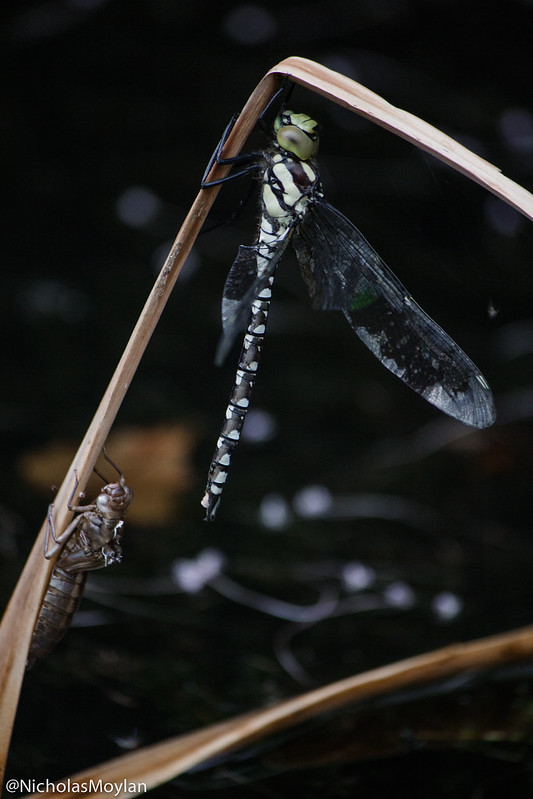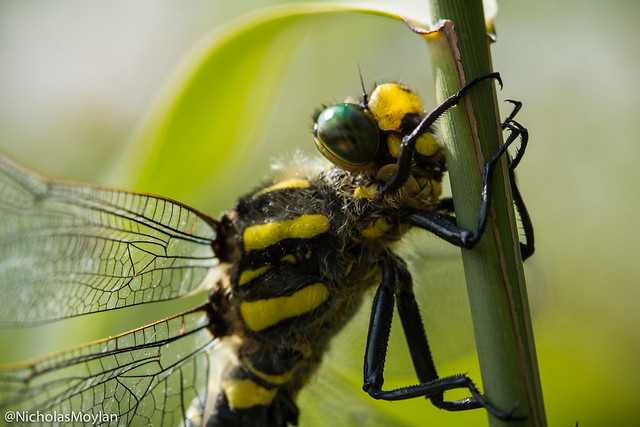First of all, apologies for not posting on a regular schedule, I like to put a bit of research, planning and drafting into my posts (which is probably a bit overkill, to be honest- but I’m a stickler for detail). That, plus balancing work and a busy (not really) social life means I have limited free time to blog. I also like to do a fair bit of photography and get out there when I can, through which I help out the Gwent Wildlife Trust with events and such so it can all get a bit busy. Anyway, back to business!
I wanted to talk about my brief visit to the Environmental Resource Centre in Ebbw Vale, where I took some photographs and met some lovely people. Officially opened in 2010, this Gwent Wildlife Trust managed site is a fine example of nature taking hold of a once productive steelwork site. The ERC acts as the hub for the People and Wildlife project, which provides skills and training for people within the community, including many opportunities for young volunteers to get involved with active conservation work. The GWT’s aim is to create living landscapes, connecting green spaces using green corridors for wildlife to flourish and move within. Wildlife needs space to thrive and is constantly threatened by manmade barriers, such as new roads, industry and the pollution that brings. Check out the trust’s events for things to do near you, the people behind the project are passionate, friendly and wise beyond imagine, I wholly recommend taking some time over the summer vacation period to get involved.

The above images were taken today at the reserve, it’s a dragonfly (ID unknown… for now!) that has recently emerged from its visible nymph shell. Dragonflies spend the majority of their life (up to four years) underwater as a nymph, which is just another name for a larva. During this time they predate pond life, proving to be ferocious hunters both underwater and in the air. Now is the perfect time of year to spot dragonflies as many emerge in the (evidently not so) warm months of July/ August. Many of the larger dragonflies can be spotted in tree canopies near pond areas and many species are territorial so will often be seen hovering around the same areas. The below image is of the golden-ringed dragonfly, Britain’s largest species, which was taken at GWT’s Magor Marsh reserve. A site of special scientific interest (SSSI) that is under threat from proposals to build a new motorway. I’ll be exploring some of the wildlife relating to the Gwent levels and the M4 releif road plans in future posts.
I will be posting again soon, in the mean time why not visit some of the reserves I’ve mentioned.

